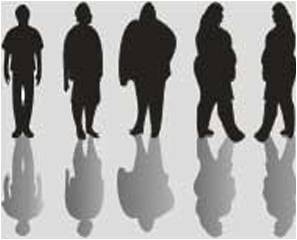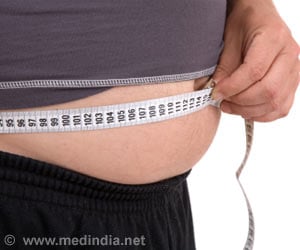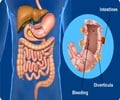Cake culture is when workers share sweet treats like cakes, cookies and chocolates with their colleagues, leading to a rise in the rates of obesity and dental cavities.

‘The rate of obesity has increased 2.6-fold over the past four years. Globally, the number of obese people has risen from 105 million in 1975 to 641 million in 2014.’





Employers should be urged to stop offering biscuits at meetings, said Professor Hunt. "Managers want to reward staff for their efforts, colleagues want to celebrate special occasions, and workers want to bring back a gift from their holidays. But for many people, the workplace is now the primary site of their sugar intake and is contributing to the current obesity epidemic and poor oral health.”
Sugar has a negative effect when it is consumed outside of meal time. Cake culture makes it difficult for those who are trying to lose weight or become healthier. “How many of us have begun such diets only to cave into the temptation of the doughnuts, cookies or the triple chocolate biscuits?"
"I'm not saying we need to ban such treats. But we do need a change in culture. When people are going out to the shops and buying cake and sweets they should at least consider buying smaller quantities and making them available only with lunch meals,” said Professor Hunt.
Workers should consider other alternatives such as fruit platters, nuts or cheese. Employers should avoid sweet treats as snacks in meetings.
Advertisement
In the last four decades, the rate of obesity has increased 2.6-fold. The number of obese people worldwide has increased from 105 million in 1975 to 641 million in 2014. Nearly 13 percent of the global population are obese, compared with just over 9 percent who are underweight.
Advertisement














